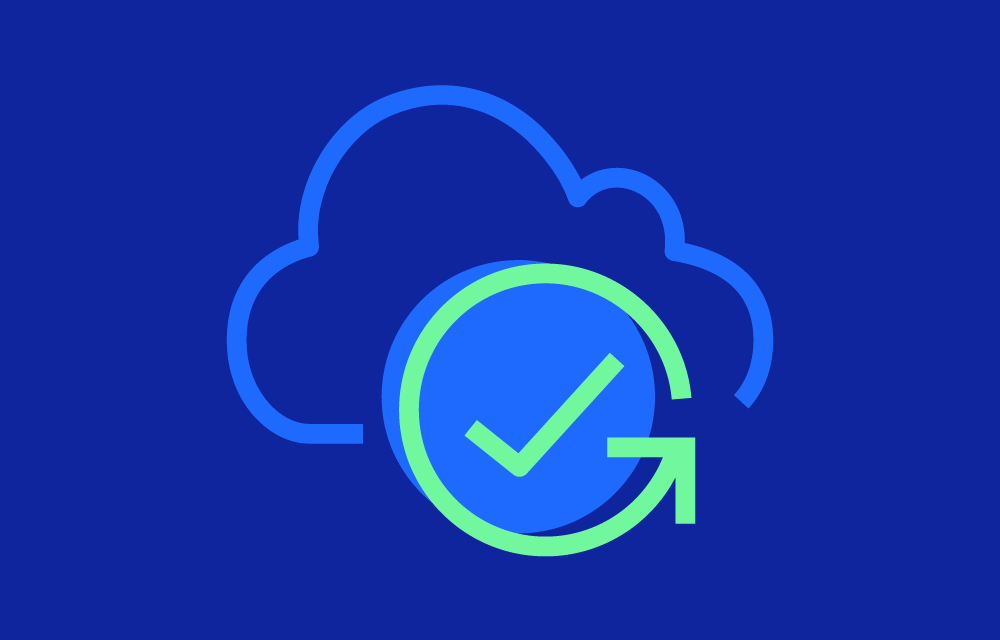History
AWS Resilience Hub was launched in 2021 to address the increasing need for automated and efficient resilience management in cloud-native environments. As businesses moved critical applications to the cloud, ensuring that these applications could withstand failures and meet business continuity requirements became essential. Resilience Hub was designed to integrate with existing AWS services, offering users a streamlined way to monitor and improve their application resilience.
Value Proposition
AWS Resilience Hub allows businesses to:
- Assess Resilience Continuously: It performs continuous assessments to check the resilience of applications, ensuring that they meet predefined recovery time objectives (RTOs) and recovery point objectives (RPOs).
- Centralized Resilience Management: Provides a single, centralized platform where organizations can manage and monitor the resilience of multiple applications in one place.
- Proactive Recommendations: Offers detailed insights and recommendations on how to optimize applications to withstand potential failures, including best practices for disaster recovery and failure handling.
- Integration with AWS Services: Resilience Hub integrates with AWS services such as Amazon CloudWatch, AWS CloudFormation, and AWS Fault Injection Simulator, providing comprehensive tools to track, test, and improve resilience.
Key Features
- Resilience Score: Provides a resilience score for applications based on their ability to meet RTO and RPO goals. This score helps organizations understand how well their applications can handle outages or failures.
- Automated Assessments: AWS Resilience Hub performs continuous assessments of applications and infrastructure, evaluating resilience automatically as changes are made to the environment.
- Detailed Recommendations: It provides actionable recommendations, such as how to improve availability, data protection, and failure recovery strategies.
- Integration with AWS Fault Injection Simulator: Users can perform chaos engineering experiments to test how their applications respond to simulated failures, helping validate resilience strategies.
- Resilience Policies: You can define resilience policies for each application, specifying RTOs and RPOs, ensuring that they meet the desired level of fault tolerance and recovery.
Challenges
- Complexity in Multi-cloud Environments: AWS Resilience Hub is designed for AWS workloads, so organizations with multi-cloud environments may need additional tools to manage resilience across other platforms.
- Learning Curve: While AWS Resilience Hub integrates with existing AWS services, it requires a good understanding of resilience concepts and AWS infrastructure to set up and use effectively.
- Resource-intensive Testing: Running resilience tests, particularly using the Fault Injection Simulator, can be resource-intensive and might incur additional costs, especially in production environments.
Market
AWS Resilience Hub is particularly valuable for organizations running critical workloads in the cloud, including sectors such as finance, healthcare, and government, where application uptime and data integrity are crucial. As more companies move their mission-critical applications to AWS, the need for a service like Resilience Hub grows, making it a vital tool for businesses that prioritize uptime and disaster recovery.
Similar Concepts
- AWS Fault Injection Simulator
- AWS Well-Architected Tool
- AWS Disaster Recovery (AWS Elastic Disaster Recovery)



